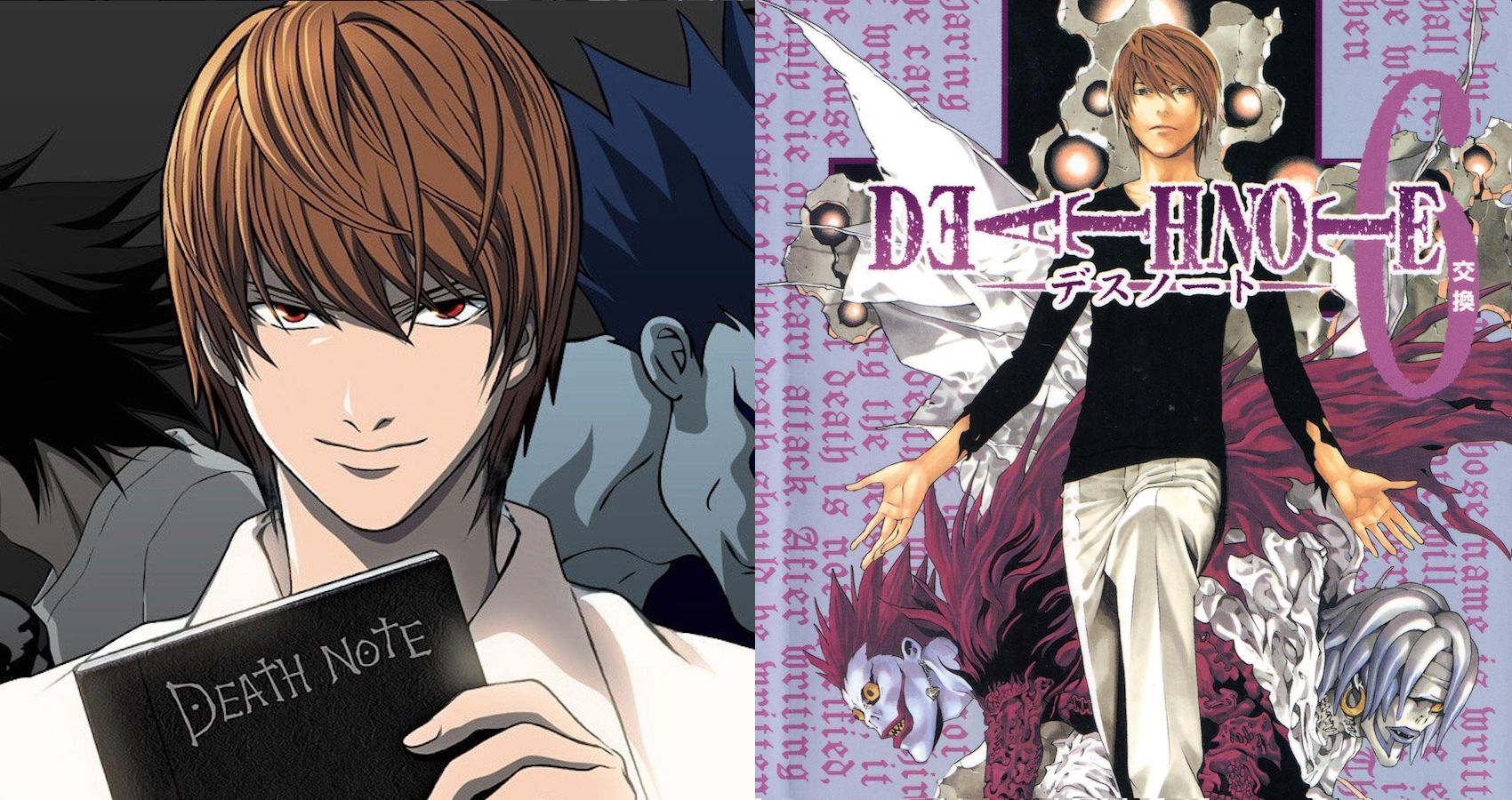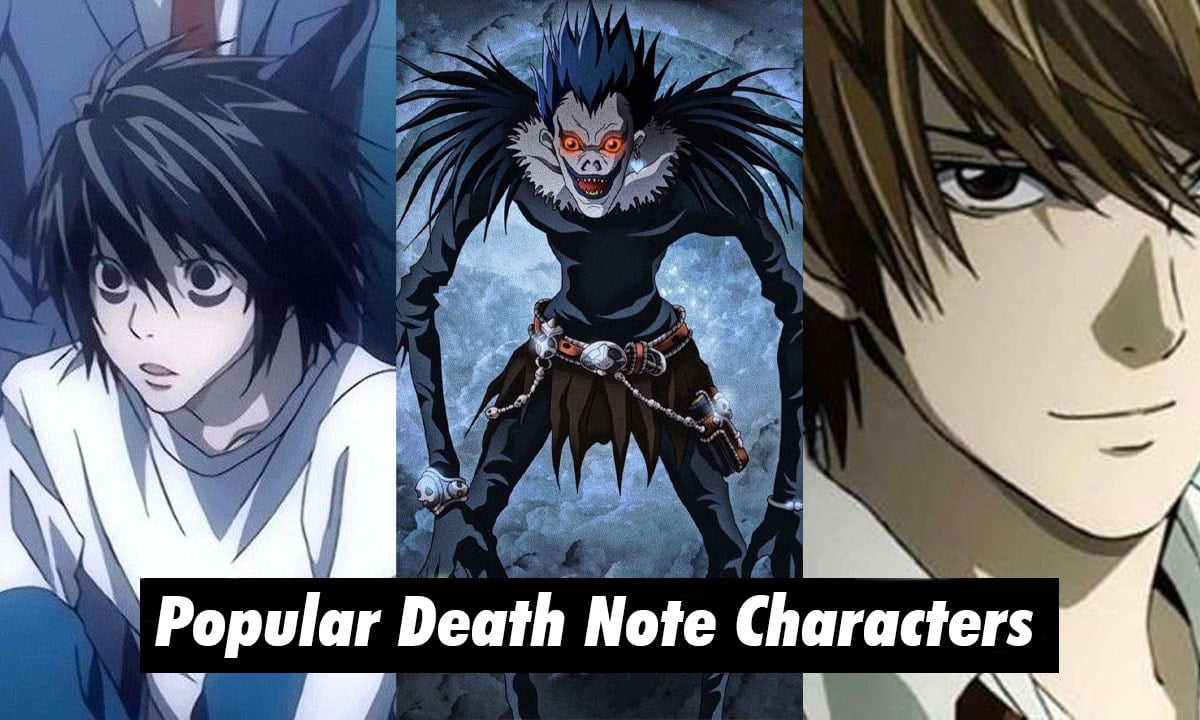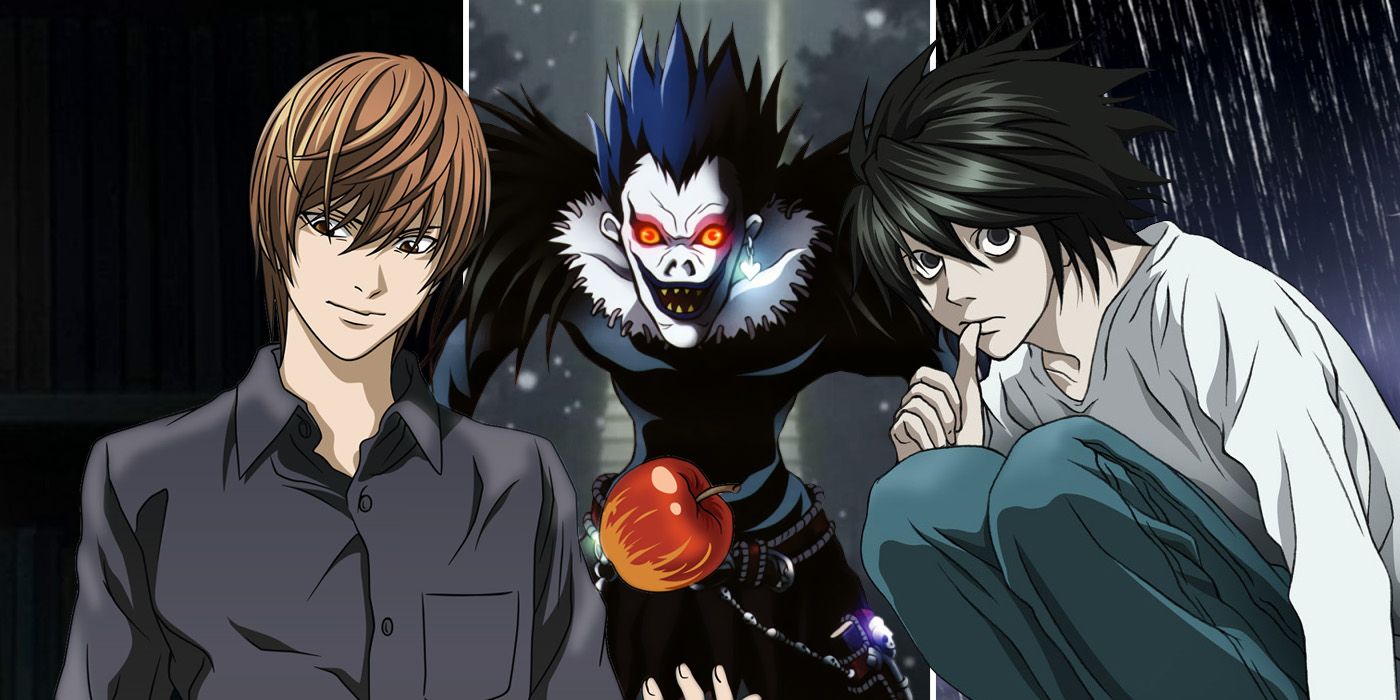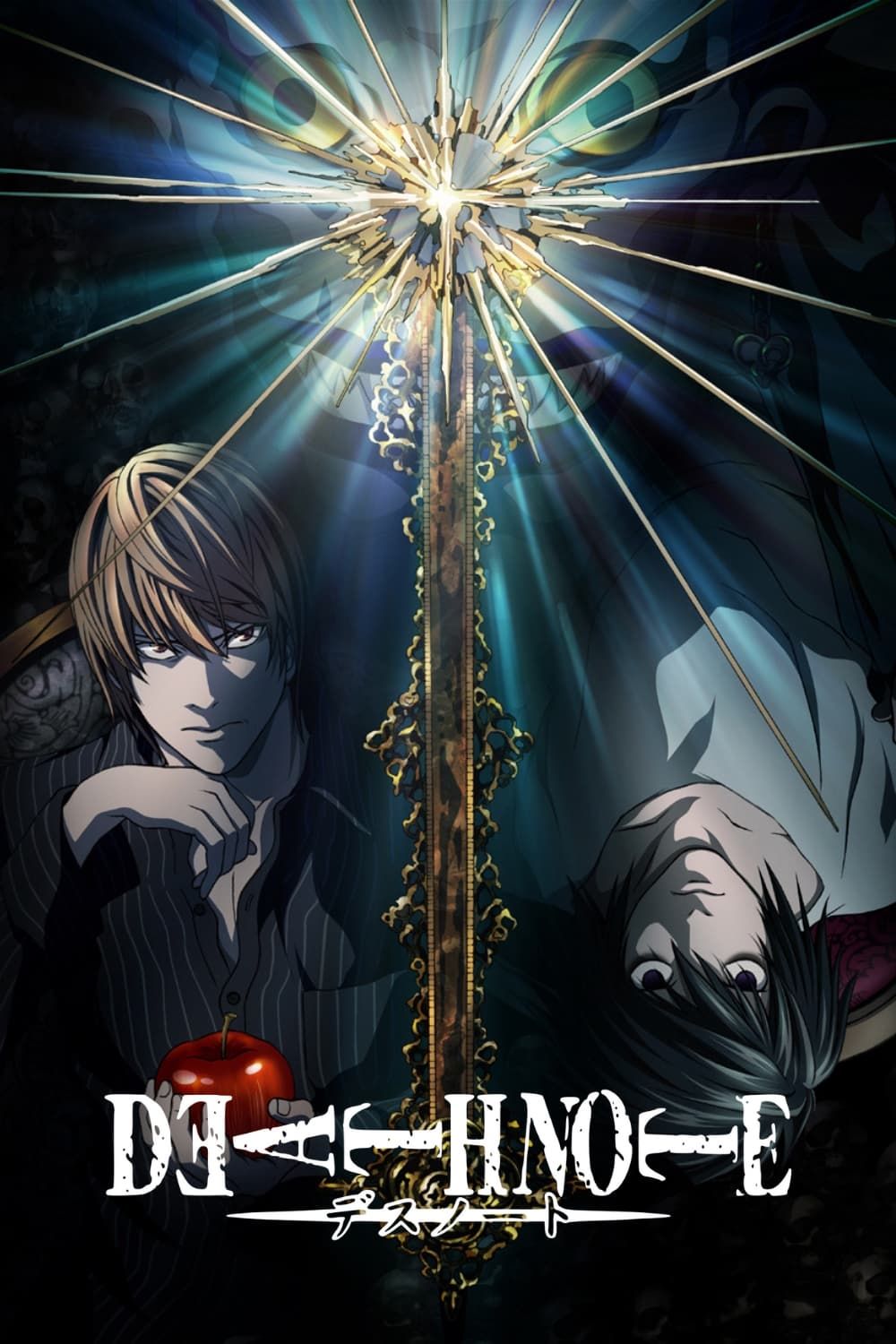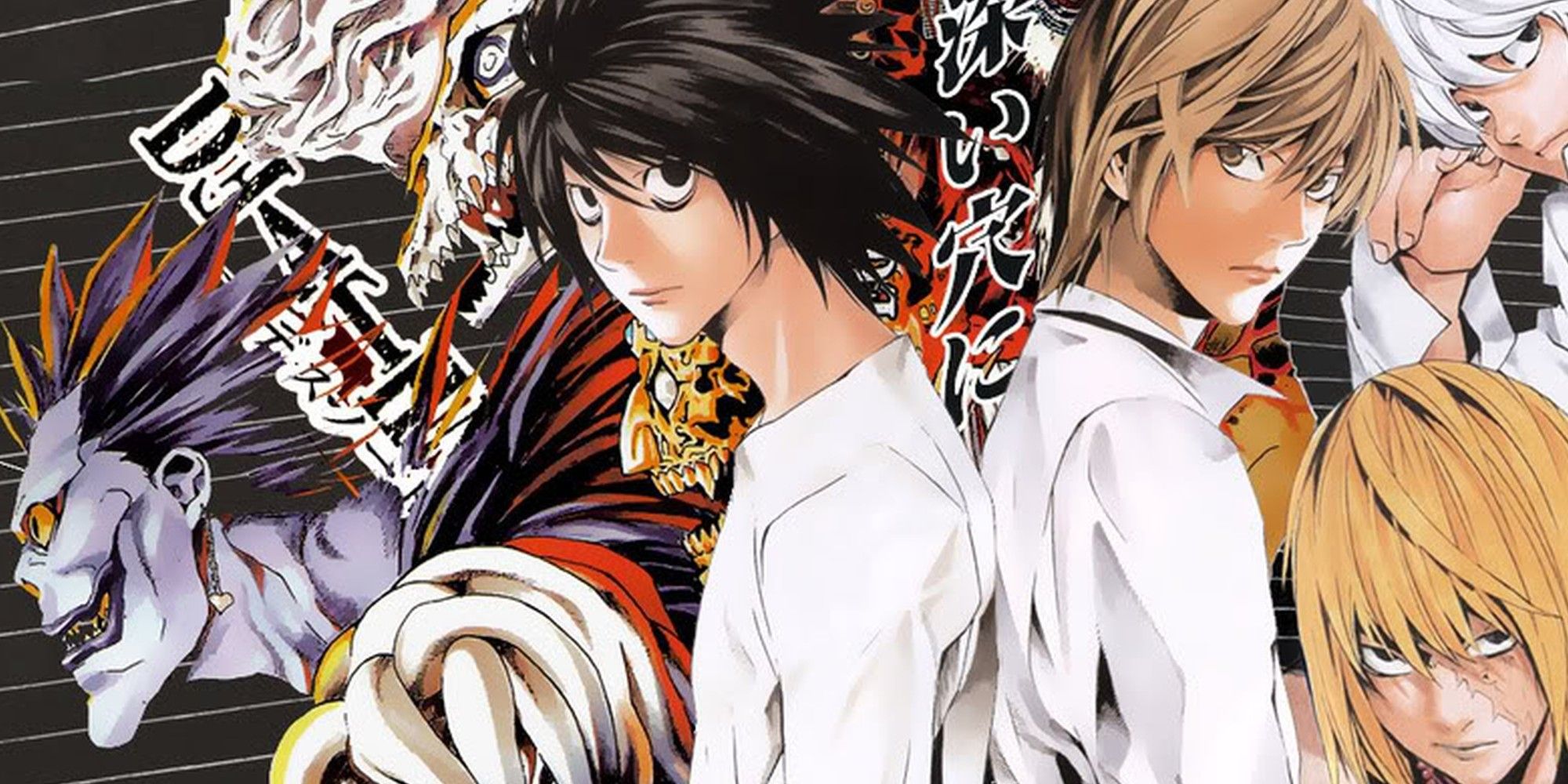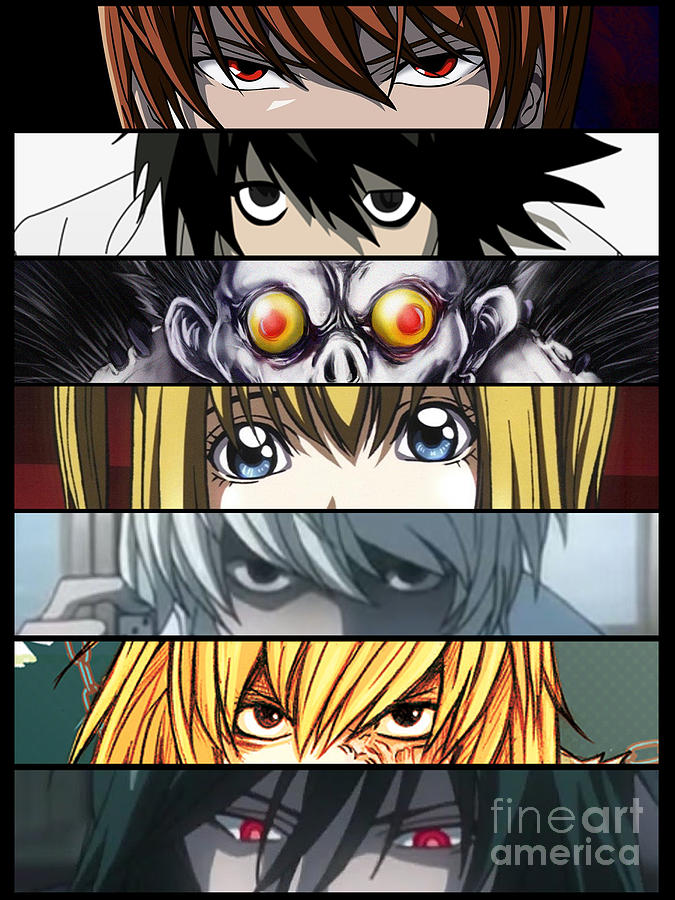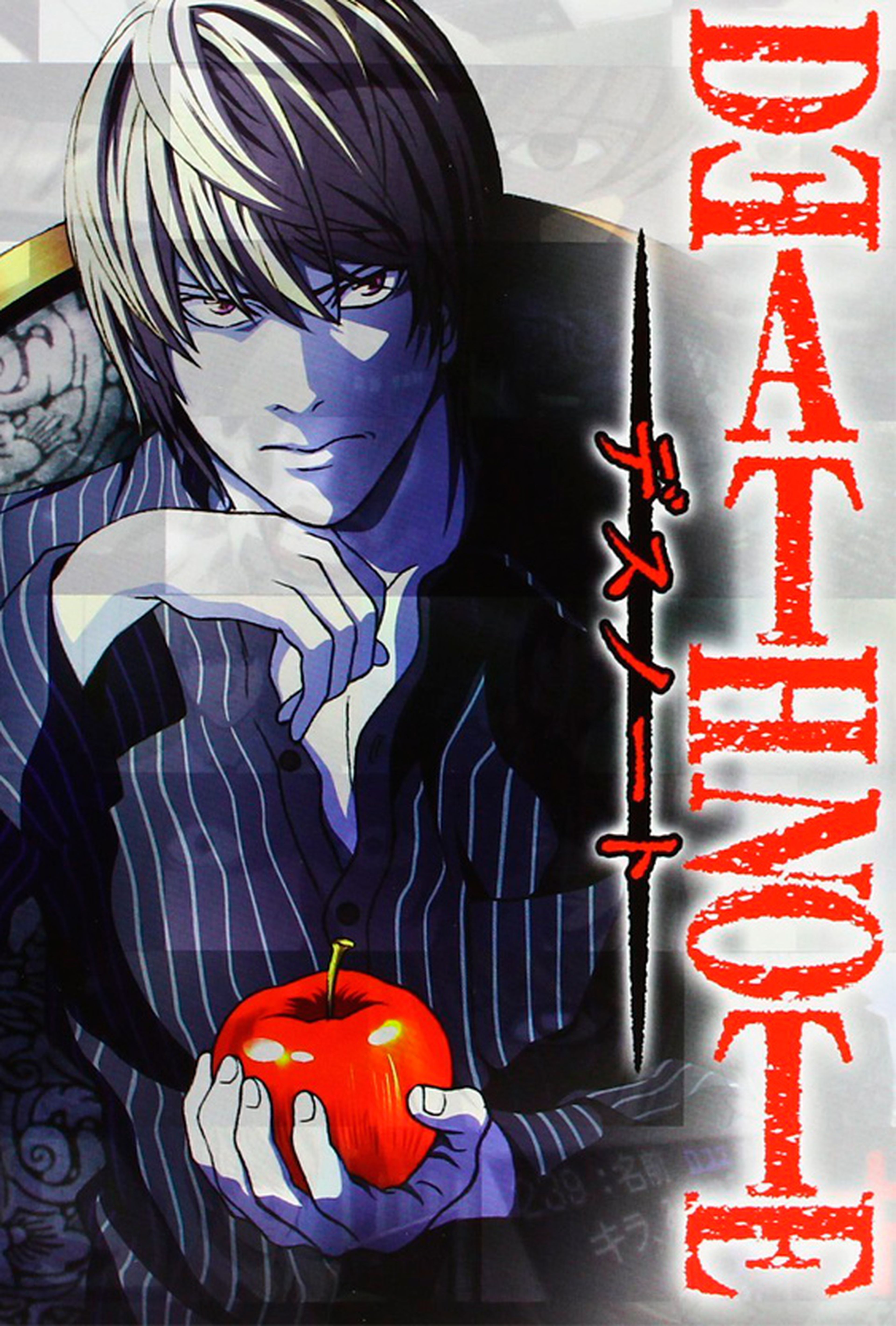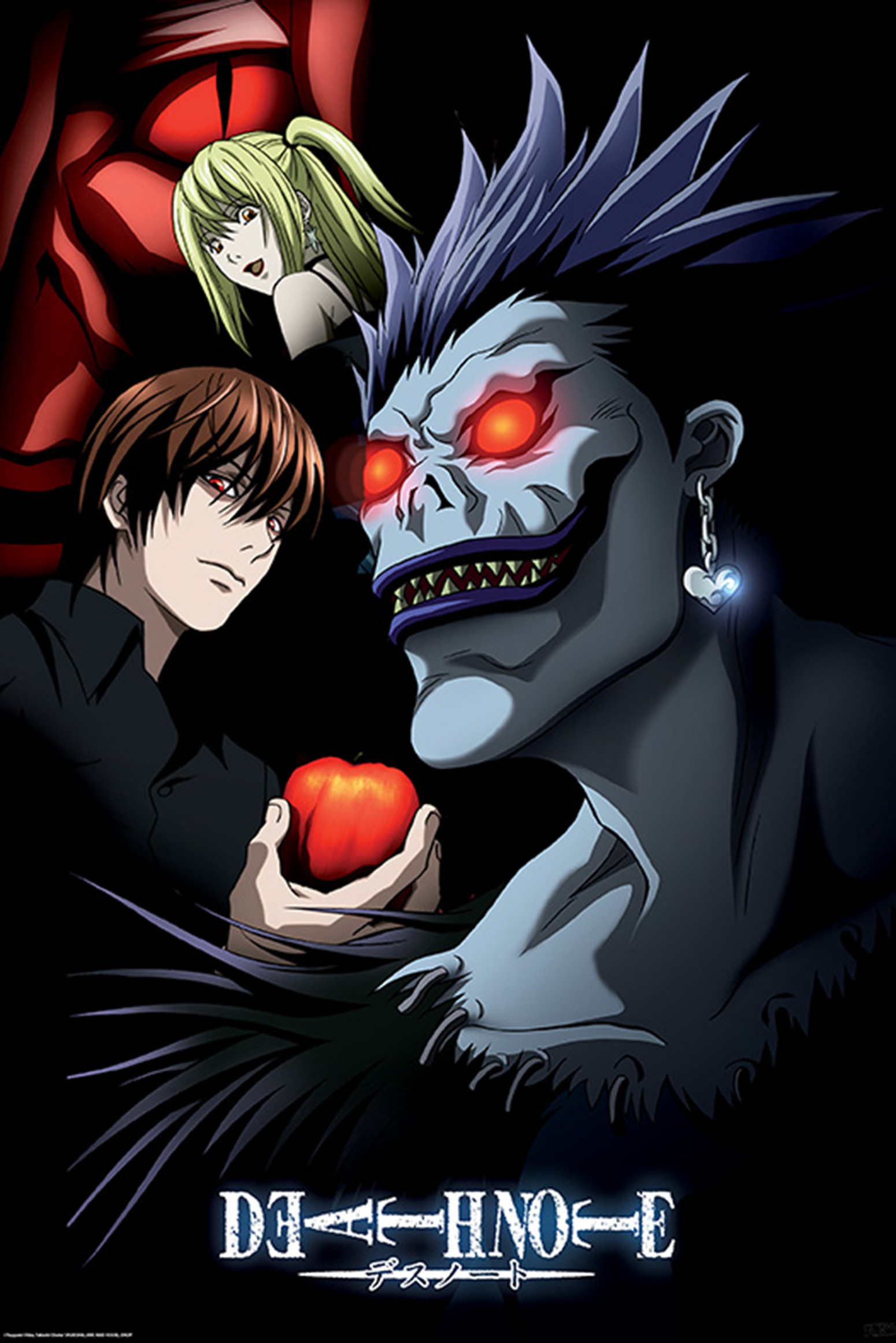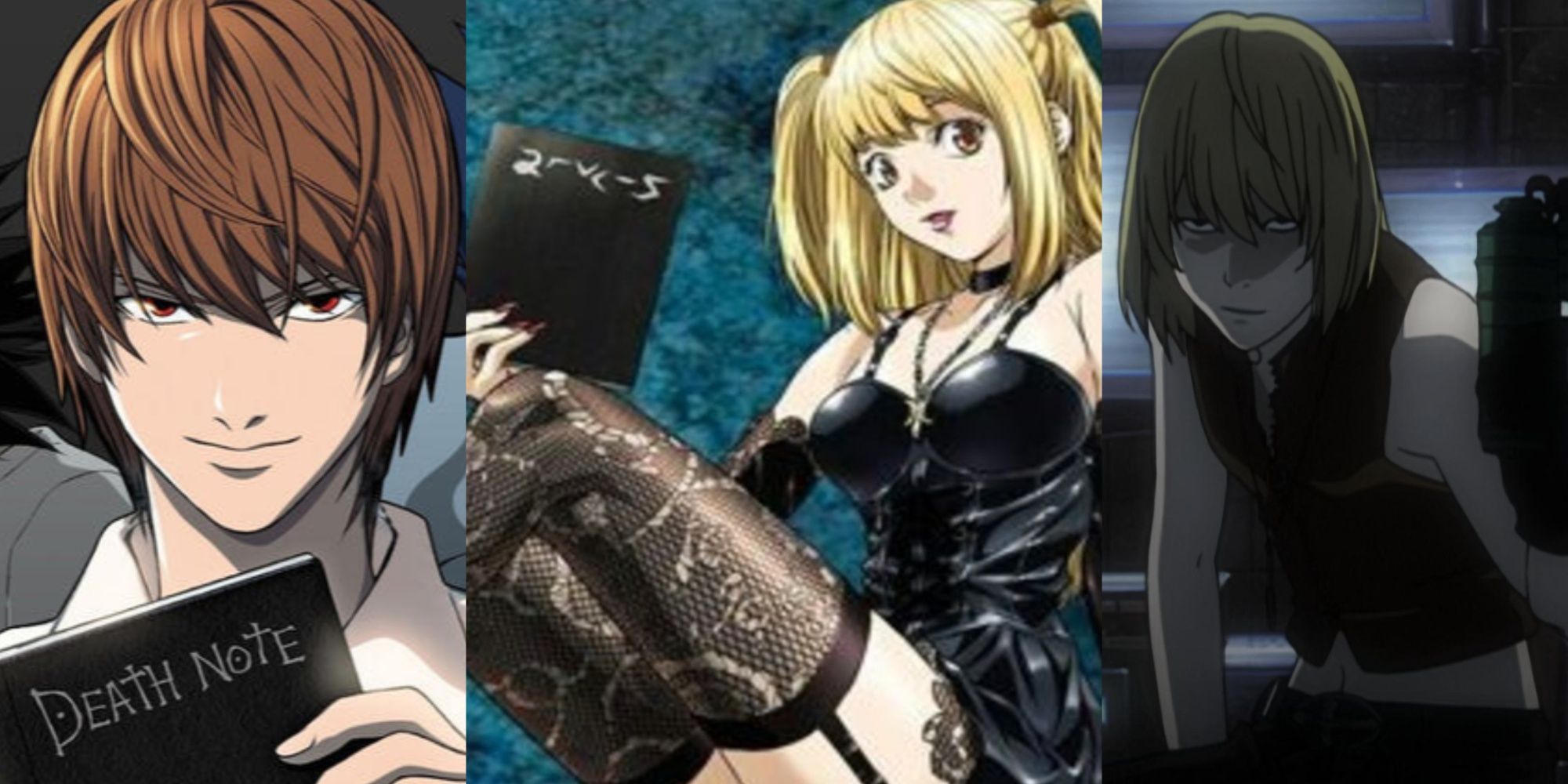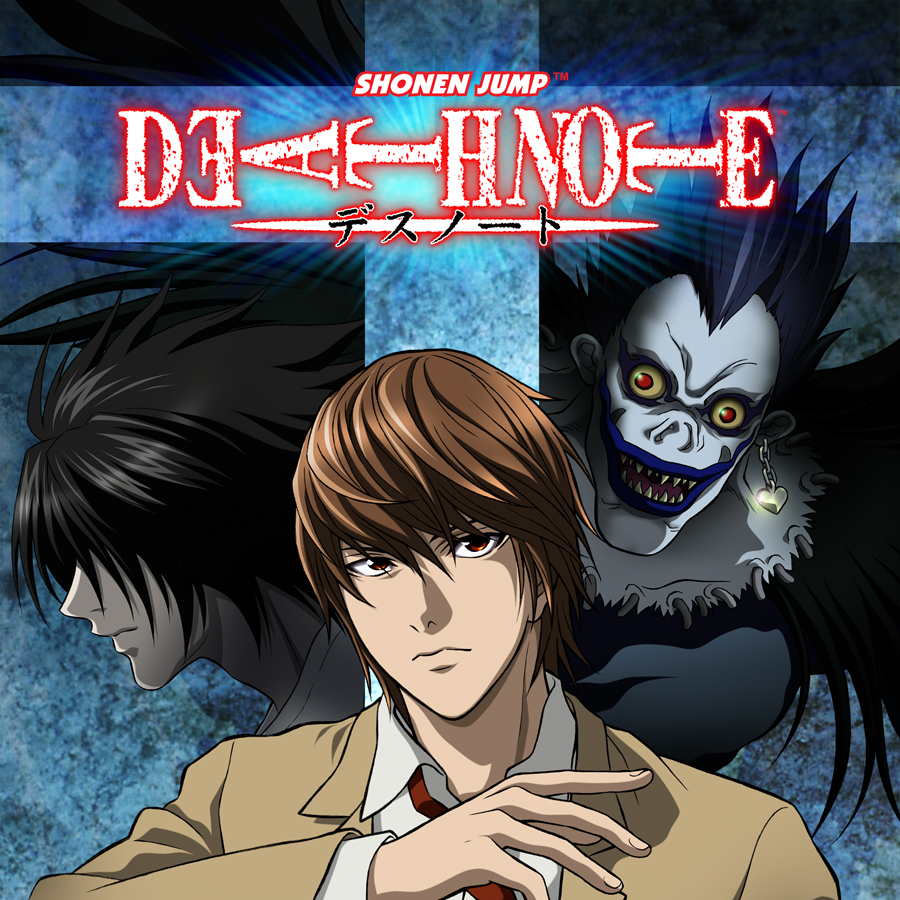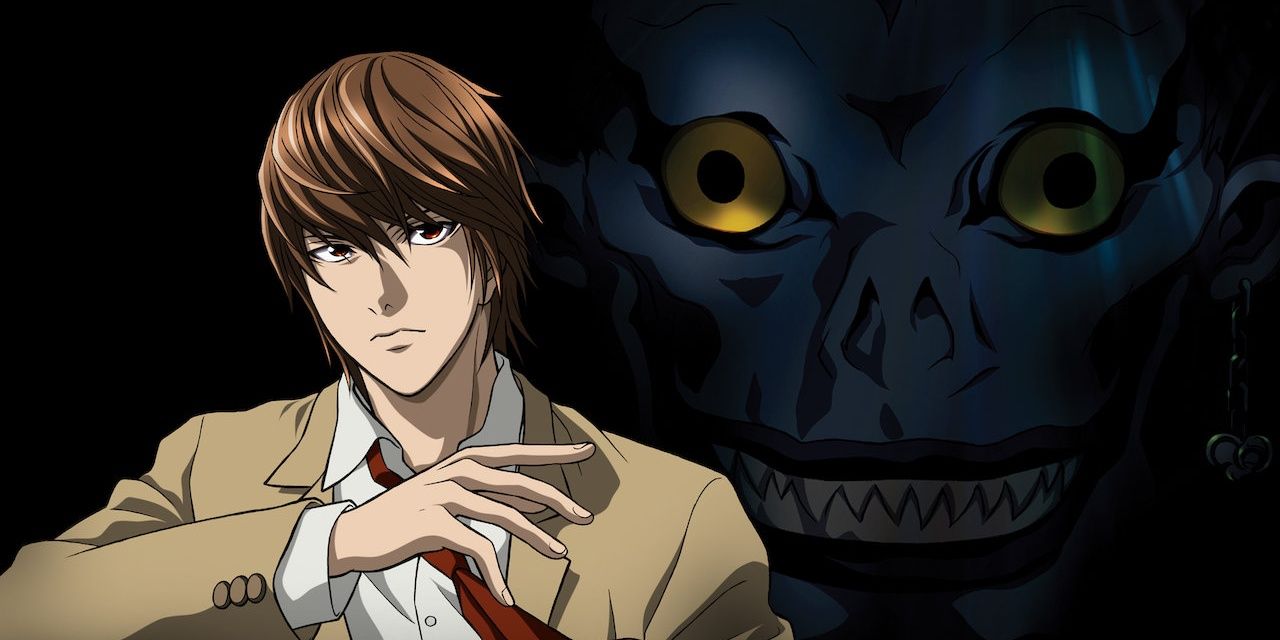Death Note Anime Common Sense Media
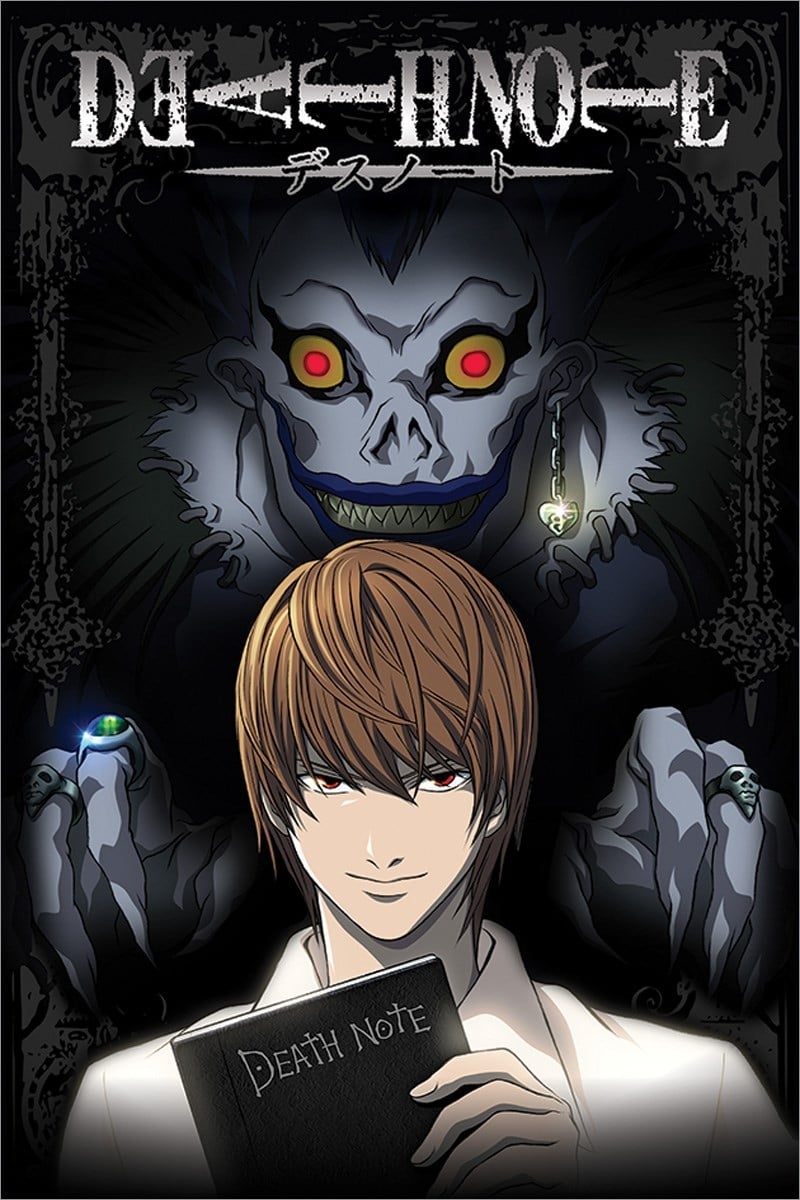
The Death Note anime series, a critically acclaimed and widely popular adaptation of the manga, has long been a subject of intense debate regarding its suitability for younger audiences. Common Sense Media, a non-profit organization that provides age-based media ratings and reviews for families, has flagged the series for mature themes, violence, and psychological intensity, sparking discussions among parents, educators, and anime enthusiasts alike.
At the heart of the debate lies the question: how do we balance artistic merit and the exploration of complex philosophical concepts with the potential impact of mature content on young and impressionable viewers? This article will delve into the specific concerns raised by Common Sense Media and others, explore the arguments in favor of the series, and consider the broader implications for media consumption and parental guidance.
Common Sense Media's Assessment
Common Sense Media assigns Death Note a recommended viewing age of 15+. Their review highlights the series' mature themes, including death, justice, morality, and the corrupting influence of power. The review also points to the anime's frequent depictions of violence, manipulation, and psychological distress.
One specific concern cited is the protagonist, Light Yagami's, descent into moral ambiguity and eventual embrace of mass murder. His actions and justifications, presented in a compelling narrative, can be difficult for younger viewers to process without adequate guidance. This raises concerns about impressionable viewers potentially internalizing or misinterpreting Light's flawed logic.
The organization also notes the presence of intense scenes, including graphic descriptions of death and the characters' obsessive behavior. These elements can be disturbing or triggering for some viewers, particularly those with pre-existing anxieties or sensitivities.
Arguments in Favor of Death Note
Despite the concerns, many argue that Death Note offers significant artistic and intellectual value. The series explores complex philosophical questions about justice, morality, and the nature of good and evil.
Proponents suggest that the anime can serve as a catalyst for critical thinking and ethical discussions. By presenting viewers with morally ambiguous characters and challenging scenarios, Death Note encourages them to grapple with difficult questions and develop their own moral compass.
Furthermore, some argue that shielding children from mature themes altogether can be detrimental. Exposure to complex narratives, even those containing violence or unsettling content, can help young people develop empathy, resilience, and a better understanding of the world around them, provided it is done responsibly and with appropriate guidance.
The Role of Parental Guidance
Whether or not Death Note is suitable for a particular child ultimately depends on their individual maturity level, emotional resilience, and the support system they have in place. Parental guidance is crucial in helping young viewers navigate the series' complex themes and process its potentially disturbing content.
Parents can watch the series alongside their children, pausing to discuss key scenes and address any questions or concerns that arise. Open and honest conversations about the characters' motivations, the consequences of their actions, and the underlying philosophical questions can help young viewers understand the series in a more nuanced and meaningful way.
Moreover, parents should be mindful of their children's pre-existing anxieties or sensitivities. If a child has a history of anxiety, depression, or other mental health concerns, it may be wise to delay viewing Death Note until they are better equipped to handle its intense content.
The Broader Context of Media Consumption
The Death Note debate is part of a larger conversation about the impact of media on young people. With an ever-increasing array of content available at their fingertips, children are exposed to mature themes and potentially disturbing material at younger ages than ever before.
This reality underscores the importance of media literacy education, which equips young people with the critical thinking skills they need to evaluate media messages, identify bias, and make informed choices about what they consume. Media literacy programs can empower children to become active and discerning consumers of media, rather than passive recipients of its messages.
Furthermore, it highlights the need for ongoing dialogue between parents, educators, and media creators. By working together, these stakeholders can create a more supportive and responsible media environment for children and adolescents.
Looking Ahead
The debate surrounding Death Note and its suitability for younger audiences is likely to continue. As media consumption habits evolve and new forms of entertainment emerge, the need for critical evaluation and responsible parental guidance will only become more pressing.
Ultimately, the key lies in fostering open communication, promoting media literacy, and making informed decisions based on individual needs and circumstances. Only then can we ensure that young people are able to enjoy the artistic and intellectual benefits of complex narratives like Death Note while also protecting them from potentially harmful content.
The conversation around Death Note serves as a valuable reminder of the power of storytelling and the importance of engaging with media in a thoughtful and responsible way. By approaching complex narratives with critical awareness and open dialogue, we can help young people develop into informed, empathetic, and resilient individuals.
